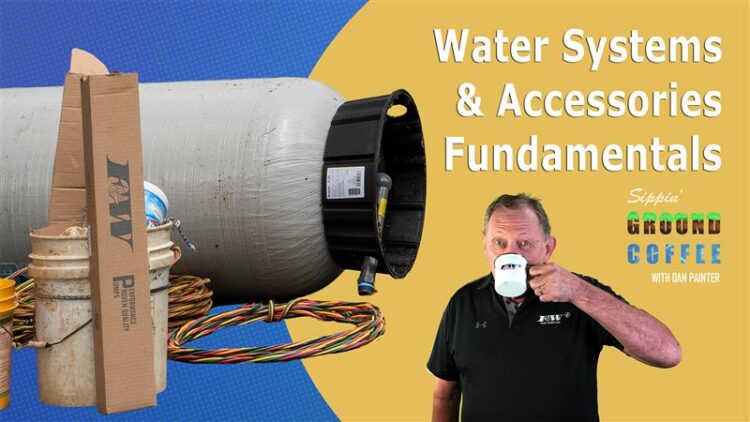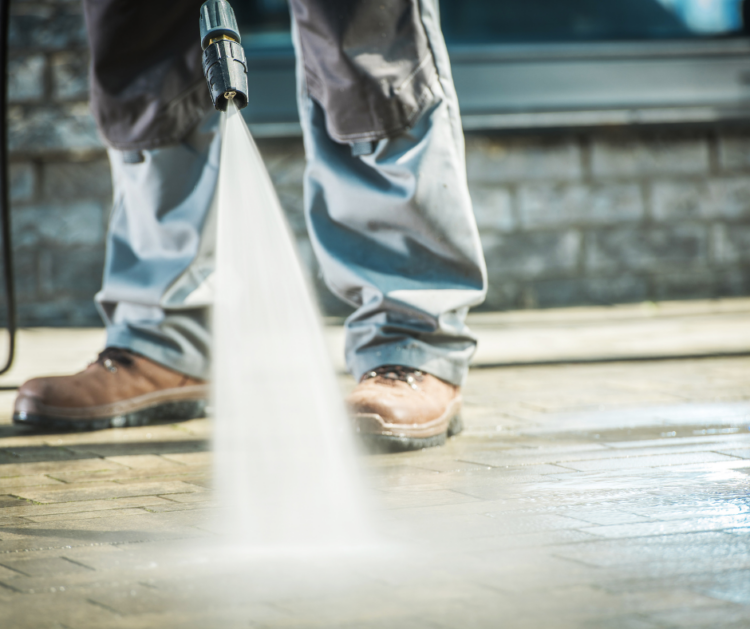
Understanding Water Systems and Accessories: A Guide from Flint & Walling
Posted by Flint and Walling
At Flint & Walling, we’re committed to helping professionals and homeowners alike understand the fundamentals of water systems and the accessories that make them work. Whether you’re new to the industry or just brushing up on your knowledge, this guide will walk you through the essentials of water systems—from wells and pumps to pressure tanks and key accessories.
Getting Started: Your Water Source
Most water systems start with a well. A well driller knows the local geology and the depth required to reach the underground aquifer. Once the well is drilled, a casing is installed—historically galvanized steel, but today often PVC—to provide structure and protect the water source. At the bottom of the casing, a slotted screen allows groundwater to enter while keeping out debris. The water level in the well when undisturbed is called the static water level, an important measurement for designing a water system.
Key Accessories for Submersible Pumps
Submersible pumps are installed deep in the well and require specialized accessories. Two of the most important are pitless adapters and torque arresters.
Pitless Adapters
Pitless adapters allow water to exit the well casing without freezing or disrupting your plumbing. They make it easy to remove the pump for maintenance without disturbing the discharge piping. These adapters seal the casing and provide a convenient connection for discharge pipes leading to your home or facility.
Torque Arresters
Torque arresters keep the discharge pipe and power cable centered in the well casing. When a submersible pump starts, it generates torque that could damage pipes or cables if they rub against the casing walls. Torque arresters prevent this by holding everything securely in place, ensuring smooth and safe pump operation.
Pressure Tanks: The Heart of Your Water System
Every water system, regardless of pump type, relies on a pressurized storage tank. Pressure tanks use a sealed diaphragm to store water on the bottom side and compressed air on the top. This setup:
- Maintains system pressure automatically
- Provides immediate water when a faucet is opened
- Reduces pump cycling, extending pump life
A key concept is drawdown—the amount of water a tank delivers between pump cycles. Drawdown varies depending on the pressure switch settings (e.g., 20/40, 30/50, 40/60 PSI). Modern captive air tanks with diaphragms or bladders provide comparable drawdown to older galvanized steel tanks, but with a smaller footprint.
Tank Tees and Accessories
A tank tee is a versatile fitting that connects the pressure tank to essential accessories like:
- Pressure switches
- Gauges
- Check valves
- Pressure release valves
- Hose bibs
Using a tank tee simplifies installation and maintenance, ensuring all components work efficiently together.
Jet Pumps and Above-Ground Systems
For shallower wells (static water levels of 25 feet or less), shallow well jet pumps are common. Deep well jet pumps handle greater depths and use two suction pipes. Accessories like foot valves and well seals prevent debris or surface water from entering the system, protecting the pump and maintaining clean water flow.
Two-Wire vs. Three-Wire Submersible Pumps
- Two-wire pumps: The start mechanism is integrated into the pump motor.
- Three-wire pumps: Require a control box with a start capacitor and relay, typically mounted near the pressure tank. These are common in the western U.S. and allow more flexibility in motor control.
How a Pressure Tank Works
A pressure tank makes your water system automatic:
- Water is pumped into the tank below the diaphragm.
- Compressed air above the diaphragm stores energy.
- When a faucet opens, air pressure pushes water out until the pressure drops to the switch’s cut-in level.
- The pump turns back on, replenishing the tank and maintaining consistent water pressure.
Tip: Set your tank air pressure 2 PSI below the cut-in pressure of your switch for optimal performance.
Why It Matters
Understanding the accessories and components of water systems ensures:
- Reliable water delivery
- Efficient pump operation
- Longevity of your system
- Easier maintenance and troubleshooting
Whether you’re installing a new system or servicing an existing one, knowing the basics makes a big difference.
Learn More
At Flint & Walling, we’re here to help. Browse our products and resources to find pumps, tanks, and accessories designed for long-lasting, efficient water systems.



